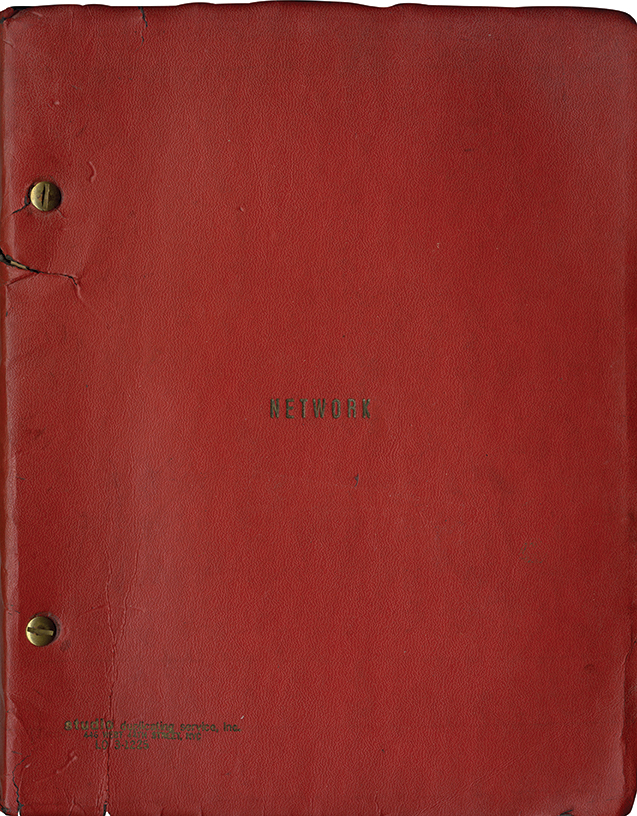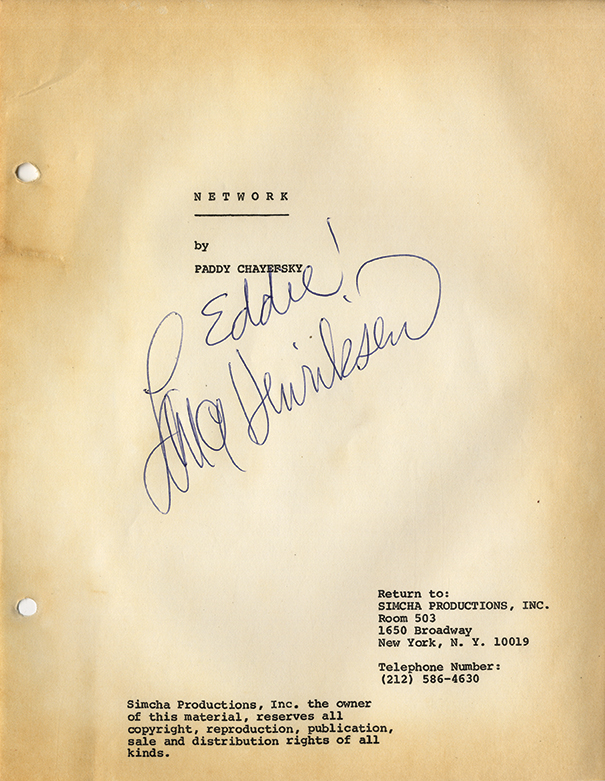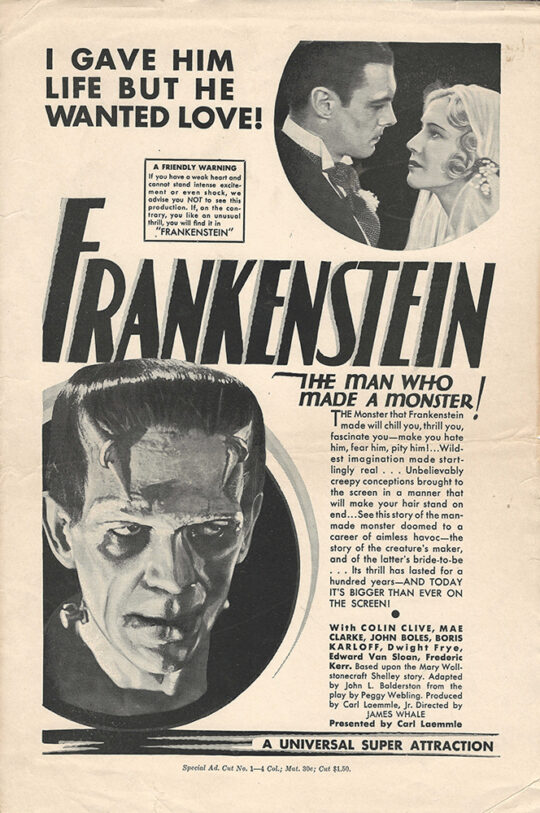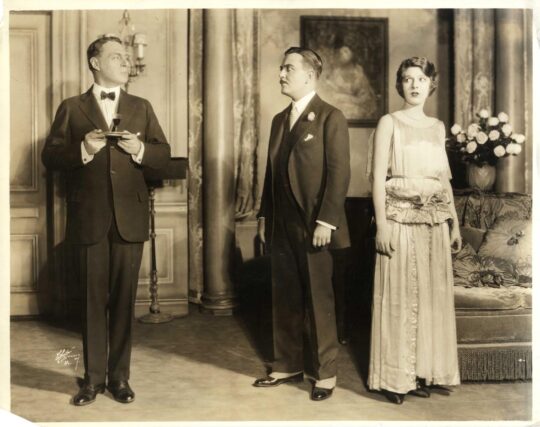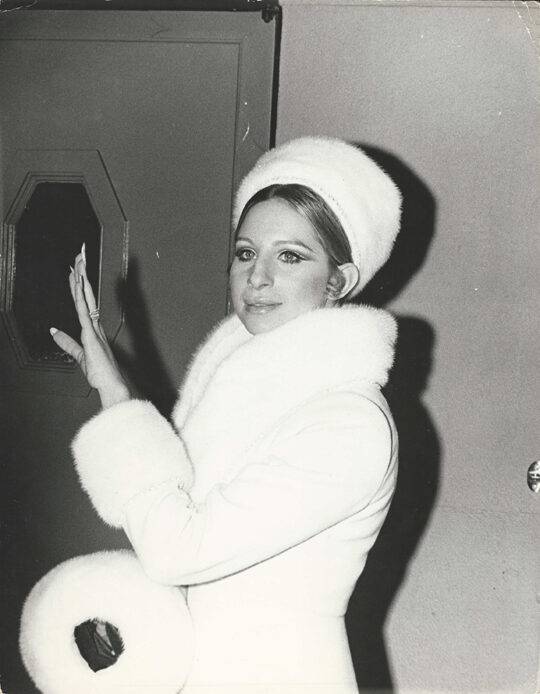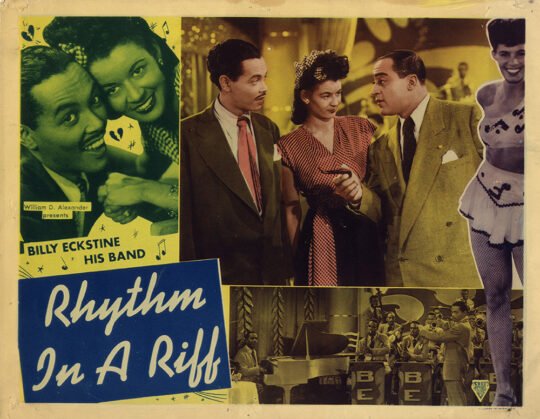NETWORK (1976) Vintage original film script by Paddy Chayefsky, ca. 1975
Paddy Chayefsky (screenwriter) Sidney Lumet (director) New York: Simcha Productions, [1975]. Vintage original film script, quarto, red titled Studio Duplicating Service leatherette wrappers, brad bound, 146 pp., NEAR FINE in VERY GOOD wrappers, with some toning and creasing at edges. Inscribed by actor Lance Henriksen on the title page: “Eddie! / Lance Henriksen.”
If any screenplay writer ever deserved to be called a movie auteur, it was New York City-born Sidney Aaron “Paddy” Chayefsky (1923–81). Paddy Chayefsky had a long and amply rewarded career as a TV writer, playwright, novelist, and screenwriter whose work gradually evolved from kitchen sink realism (MARTY, BACHELOR PARTY. A CATERED AFFAIR, MIDDLE OF THE NIGHT) to institutional satire (THE AMERICANIZATION OF EMILY, THE HOSPITAL) to visionary science fiction (ALTERED STATES). NETWORK, from Chayefsky’s institutional satire period, is generally considered his masterpiece, winner of the 1977 Academy Award for Best Original Screenplay, and voted in 2005 by the Writers Guild of America as one of the 10 greatest screenplays in the history of cinema. As a writer who had gotten his start in the so-called “Golden Age of Television”, Chayefsky was more than qualified to bite the hand that had fed him.
The movie of NETWORK (there was later a 2017 stage version adapted by Lee Hall) was directed by Sidney Lumet (1924-2011), another veteran of television’s Golden Age, whose first theatrical feature was the classic 12 ANGRY MEN (1957), adapted from a television play by Reginald Rose. In fact, if Lumet had made no movies other than 12 ANGRY MEN, the incredible cinematic fluency Lumet demonstrated in that one film, directing an ensemble of character actors in a single room delivering many long speeches without seeming overly theatrical, clearly qualified him to direct something like NETWORK. The one reservation one might have had with respect to Lumet – that he was not known for his comedy (indeed, Andrew Sarris’ AMERICAN CINEMA placed him in the category of “Strained Seriousness”) – is blown away by the way Lumet handled the comic aspects of the brilliant DOG DAY AFTERNOON (1975).
After having already won Best Original Screenplay Oscars for MARTY and THE HOSPITAL, Chayefsky had enormous clout and would not have permitted an actor to be cast – or a single comma of his screenplay to be altered – without his personal consent. During filming, he was generally on the set. It follows that any differences between this screenplay and the completed film – and there are some – were made at Chayefsky’s suggestion or with his approval.
The film’s story, in a nutshell, concerns a respected TV news anchorman, Howard Beale (Peter Finch), who goes mad on the air, and how the network exploits Beale’s madness for ratings. Apart from Beale, the other main characters are Max Schumacher (William Holden), the 60-something president of the network’s news division – and spokesperson for Chayefsky’s traditional values – and Diana Christensen (Faye Dunaway), the network’s beautiful young head of programming – representing the values of ambition and success-at-any-cost that Chayefsky detests – with whom Schumacher has an unlikely affair. Diana is, of course, right – and remarkably prescient – when she remarks that what the American people really want is “somebody to articulate their rage for them”. Schumacher’s ultimate insult, directed at Diana, is that, “You are television”. The film is now considered prophetic for having predicted “reality television”, but even Chayefsky and Lumet did not foresee the logical conclusion of their dark satire – that one day a reality TV star would become President of the United States.
Newsman Beale has the film’s most famous line, exhorting his viewers to open their windows and shout to the world:
I’m as mad as hell and I’m not gonna take this anymore!
The screenplay’s darkest message is delivered as a rebuke to Howard Beale by Arthur Jensen (Ned Beatty), head of the conglomerate that owns the network and spokesperson for a creed of unbridled corporate capitalism, who proclaims:
You are an old man who thinks in terms of nations and peoples. There are no nations. There are no peoples. There are no Russians. There are no Arabs. There are no third worlds. There is no West. There is only one holistic system of systems, one vast and immense, interwoven, interacting, multi-variate, multi-national dominion of dollars. Petro-dollars, electro-dollars, multi-dollars, Reichsmarks, rubles, pounds, and shekels. It is the international system of currency which determines the totality of life on this planet. That is the natural order of things today. That is the atomic and sub-atomic and galactic structure of things today! And you have meddled with the primal forces of nature, and YOU WILL ATONE!
What changes there are between Chayefsky’s screenplay and the completed film are trims and revisions. A brief scene near the beginning of the screenplay where Howard Beale’s housekeeper finds him “curled in a position of fetal helplessness on the floor” has been omitted from the film. News stories preceding Howard’s first on-air appearance in the screenplay concerning, among other things, Rockefeller’s support of President Ford’s pardon of former President Nixon, have been replaced by more topical news stories, e.g., the attempted assassination of President Ford by Squeaky Fromme.
The film’s ending is slightly altered from the screenplay. In the screenplay, the network executives’ discussion of what to do about Beale when his conduct is decreasing their profits is intercut with Beale’s broadcast, so that we see Beale’s on-air assassination before the executives decide that he should be killed. In the movie, we see Diana delivering her last line, “Let’s kill the son of the bitch!” and then we see the assassins shooting Beale on the air. The screenplay ends with “A BANK OF FOUR COLOR TELEVISION MONITORS” on which we see headshots of the most famous news broadcasters of the era – Walter Cronkite, John Chancellor, Howard K. Smith, and Harry Reasoner. The movie also ends with a bank of four color monitors, but only one of them shows a news broadcaster. The other three show, respectively, Howard Beale lying dead on the studio floor, an airline advertisement, and happy children in a commercial for Life cereal.
Out of stock

